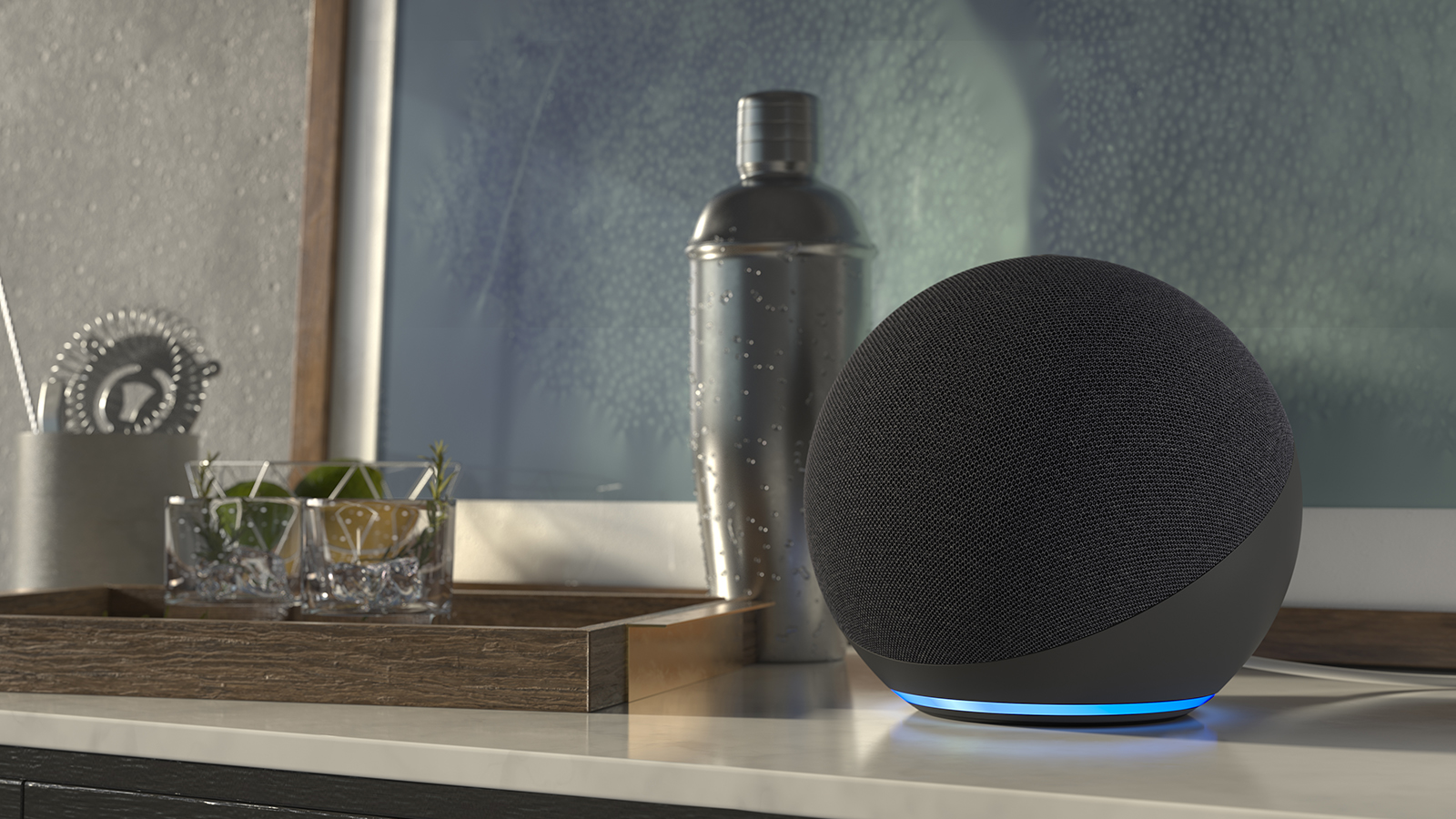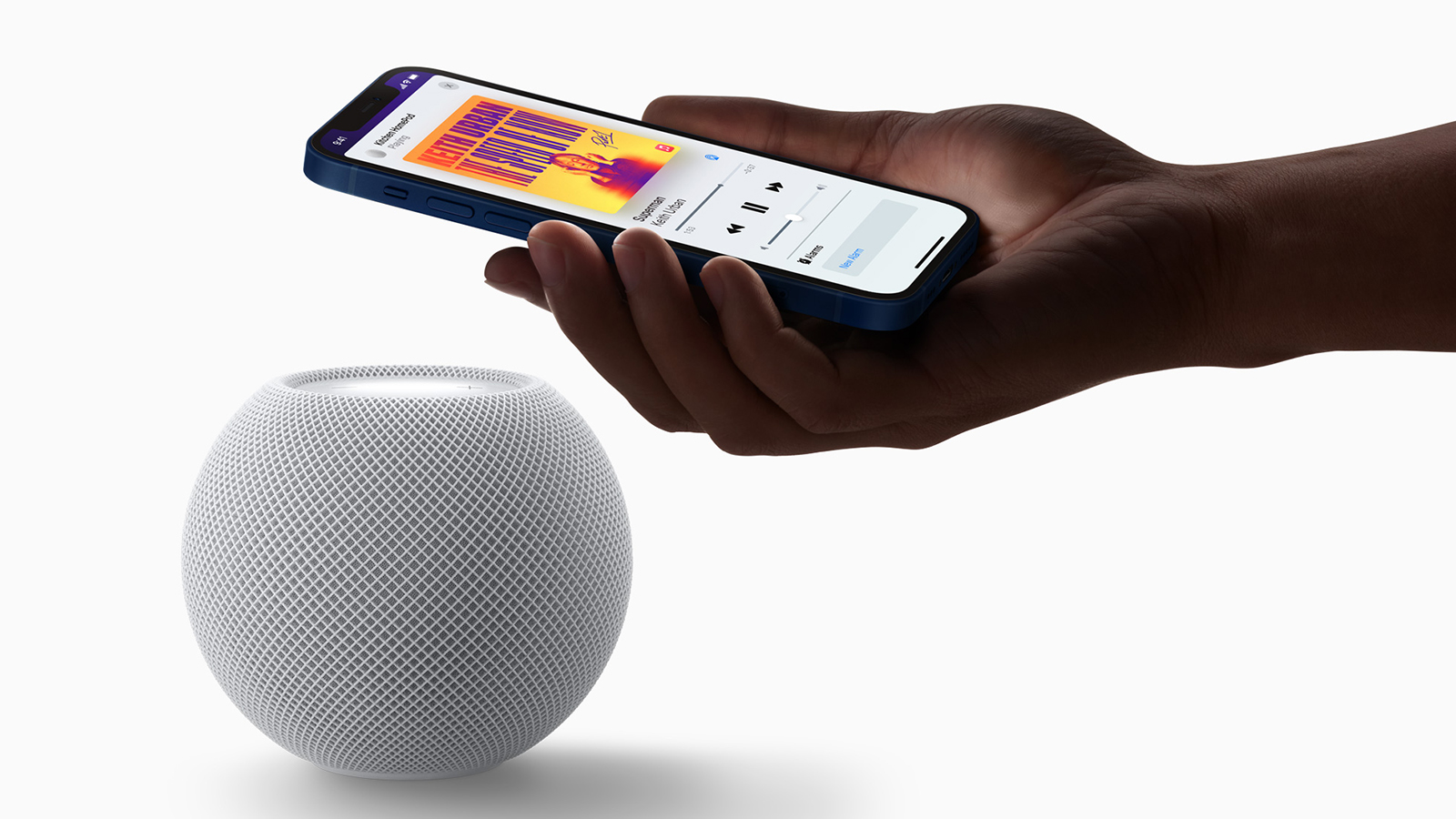Besides the A5 chip, backlit touch surface, support for stereo speaker setups, Ultra Wideband capability and $149 price tag, there’s something else about the new HomePod Mini that you might not have noticed: support for a little-known smart home protocol called Thread. The protocol could become a lot more significant in the years ahead. Here’s what it means, and why you should care.
Thread has been around since 2014, with companies such as Qualcomm, ARM, (Google-owned) Nest and Samsung involved in its development from the start, but Apple didn’t join the Thread party until 2018 — and the HomePod mini is the first Apple-made device to support the standard. That could give Thread the boost it needs to become more widespread.
Like other comparable technologies such as Zigbee, Thread is a way for smart home devices to talk to each other without excessive demands on the local network or gadget battery life. It mixes in low-level standards such as the IPv6-led 6LoWPAN with industry-standard AES encryption and simpler access to the cloud.
One of the obvious aims is to provide a way for smart home gadgets to talk to each other without a dozen different software approaches getting in the way. While the likes of Google Assistant, Amazon Alexa, and Apple HomeKit already do this to an extent, there’s room for improvement, and Thread wants to work on a much more fundamental level. It could even work underneath and in conjunction with these existing standards.

The developers of Thread want it to be secure, reliable, and scalable — capable of supporting hundreds of different devices at once if necessary (a challenge most likely beyond the capabilities of your home router today). The intention is to build in redundancy, too, so if one device in the mesh fails for whatever reason, the others can carry on. In other words, you don’t need a separate hub, though you do need a compatible router.
And this isn’t just for homes, it’s for businesses, too, which are more likely than most consumers to have 100 devices on the go at once. Thread may first begin to get a foothold in the market in office or other commercial settings. Not only is it simpler for consumers, in theory it should also be simpler for developers and for those tasked with managing corporate networks (thanks to its IPv6 integration).
Last year saw the release of Thread 1.2, a significant upgrade with a number of new features. Those features included support for adding Bluetooth Low Energy (BLE) devices (such as smartphones) to Thread networks without breaking the secure and reliable foundations that Thread is built on. This sort of interoperability means Thread becomes a more attractive proposition to hardware makers.

The Thread standard has evolved to support a broader range of devices, from battery-powered to mains-powered, from high bandwidth to low bandwidth. It’s a sort of one-stop shop for any small device that might want to get connected to devices around it, and to the web — now it’s just a question of getting people to actually use it.
At the moment, besides the HomePod mini, other Thread-enabled smart home devices that you can go out and buy today are pretty thin on the ground. Most products in the Google Nest range support Thread, including the Nest Hub Max and the Nest Cam IQ security cameras, but right now the device support just isn’t there for you to put together a fully fledged Thread-powered smart home, and that may be the case for a while.
What’s more, you’ll need a Thread-enabled router to use the protocol, and they’re in short supply as well. Your router needs to be what’s called a Border Router for Thread to work, and although the technology is now available for router manufacturers, adoption has been slow (no doubt they’re waiting for more Thread-enabled gadgets to appear).

It’s worth noting that Thread is also linked to Project Connected Home over IP — yet another organisation backed by most of the big players in tech that wants to simplify communications between smart home devices (sound familiar?). In simple terms it’s a move by Amazon, Google and Apple to make it easier for smart home device manufacturers to offer support for Alexa, Google Assistant, and Siri in a more integrated, straightforward way.
Connected Home over IP will run on top of Thread and other technologies like Bluetooth, Wi-Fi, and mobile data, acting as a sort of translator between them. The specification isn’t out yet, but when it is, it should simplify smart home gadget development.
Even six years down the line, there’s still a long way to go for Thread — which is fairly obvious, considering how few end users have actually heard of it (and how few products actually support it). Its success is hardly guaranteed either: Amazon Lab126 is involved in Thread, but the latest Echo smart speakers and mesh routers from (Amazon-owned) Eero support the competing Zigbee standard rather than Thread.
If Apple is going to seriously get behind it and offer support for Thread alongside HomeKit, then this fledgling home network protocol might just have the boost that it needs. Keep a close eye on the small print for whatever home devices Apple launches next.
